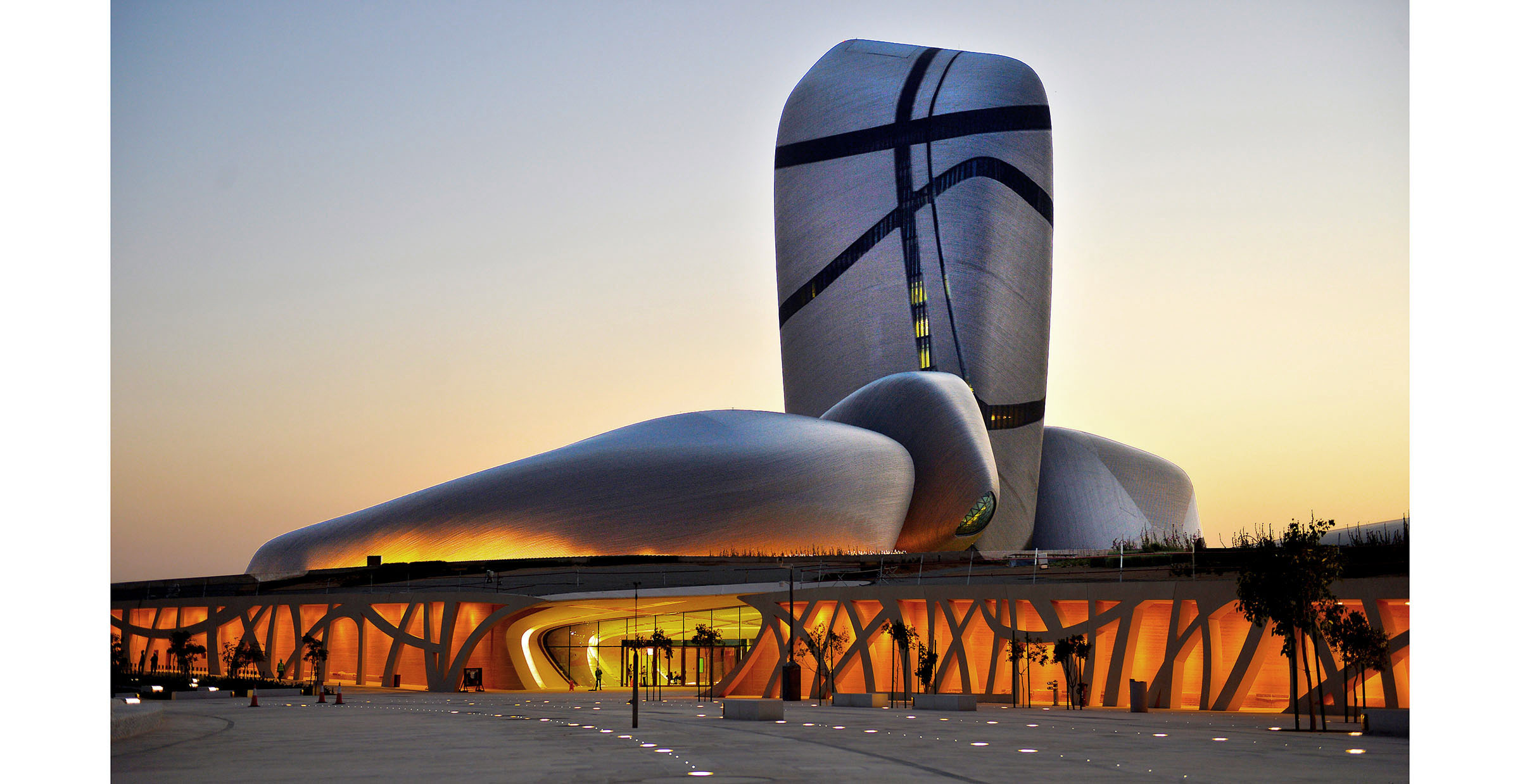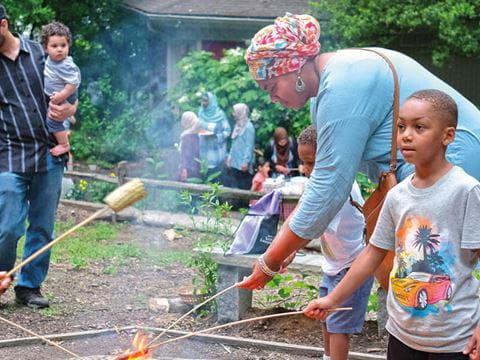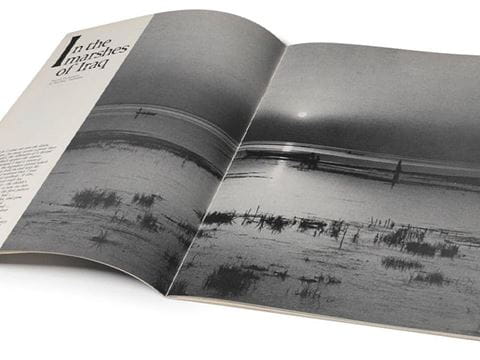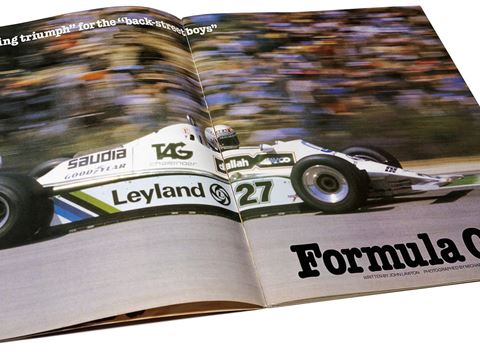
FirstLook: New Energy
Silhouetted from afar, five shapes cluster like wind-worn stones. Closer, they shimmer, suggesting perhaps a squad of recently landed spaceships. The King Abdulaziz Center for World Culture in Dhahran, Saudi Arabia is a new permanent space to local, national and international programs for art, culture, science, education and innovation.
Silhouetted from afar, five shapes cluster like wind-worn stones. Closer, they shimmer, suggesting perhaps a squad of recently landed spaceships. Standing in their shadow, touching one of the thousands of polished steel tubes that wrap the King Abdulaziz Center for World Culture in Dhahran, Saudi Arabia, is to touch a 21st-century mashrabiyyah, the traditional Middle Eastern window screen that both clads and cools. Indoors, a light brown wall of rammed earth, flecked and pitted with desert pebbles, plays off seven tall panels of dark Corten steel inscribed with centuries-old Arabian motifs. In the Great Hall, lighting sparkles across a skysized ceiling like desert stars.








Designed by the Norwegian architectural firm Snøhetta following an international competition in 2007, the Center has been built to Leadership in Energy and Environmental Design (leed) standards by Saudi Aramco. Inaugurated in December by King Salman ibn Abdulaziz Al Sa‘ud, it is scheduled to open to the public this year. When it does, it will give permanent space to local, national and international programs for art, culture, science, education and innovation, a number of which have been under way for several years and have drawn several hundred thousand participants across Saudi Arabia. The new spaces include a creativity incubator called IDEAlab; four natural history and art galleries; two theaters for stage productions and multimedia; and Saudi Arabia’s first children’s museum, a library, a historical archive and the Great Hall for traveling exhibits.
The Center, says Director Tareq Al-Ghamdi, employs “design inspired by the geology that formed the wellspring of the Kingdom’s economy” to raise “a platform for explorers, learners, creators and leaders who believe in the power of people and ideas to unlock new possibilities.”
The Center, says Director Tareq Al-Ghamdi, employs “design inspired by the geology that formed the wellspring of the Kingdom’s economy” to raise “a platform for explorers, learners, creators and leaders who believe in the power of people and ideas to unlock new possibilities.”
You may also be interested in...

Ramadan Picnic Photograph by Zoshia Minto
Arts
On a warm June evening, people gathered at a park in Bethesda, Maryland, for a community potluck dinner welcoming the start of Ramadan.
Spotlight on Photography: Discover the Marshes of Iraq in a Visual Story by Wilfred Thesiger
Arts
History
“In the Marshes of Iraq” — November/December 1966
FirstLook - A blistering triumph for the back-street boys
Arts
Amid the roar of racers zooming toward the finish line in London during the 1980 Grand Prix, longtime auto-racing photographer and renowned artist Michael Turner trained his lens on a Saudia-Williams FW 07.